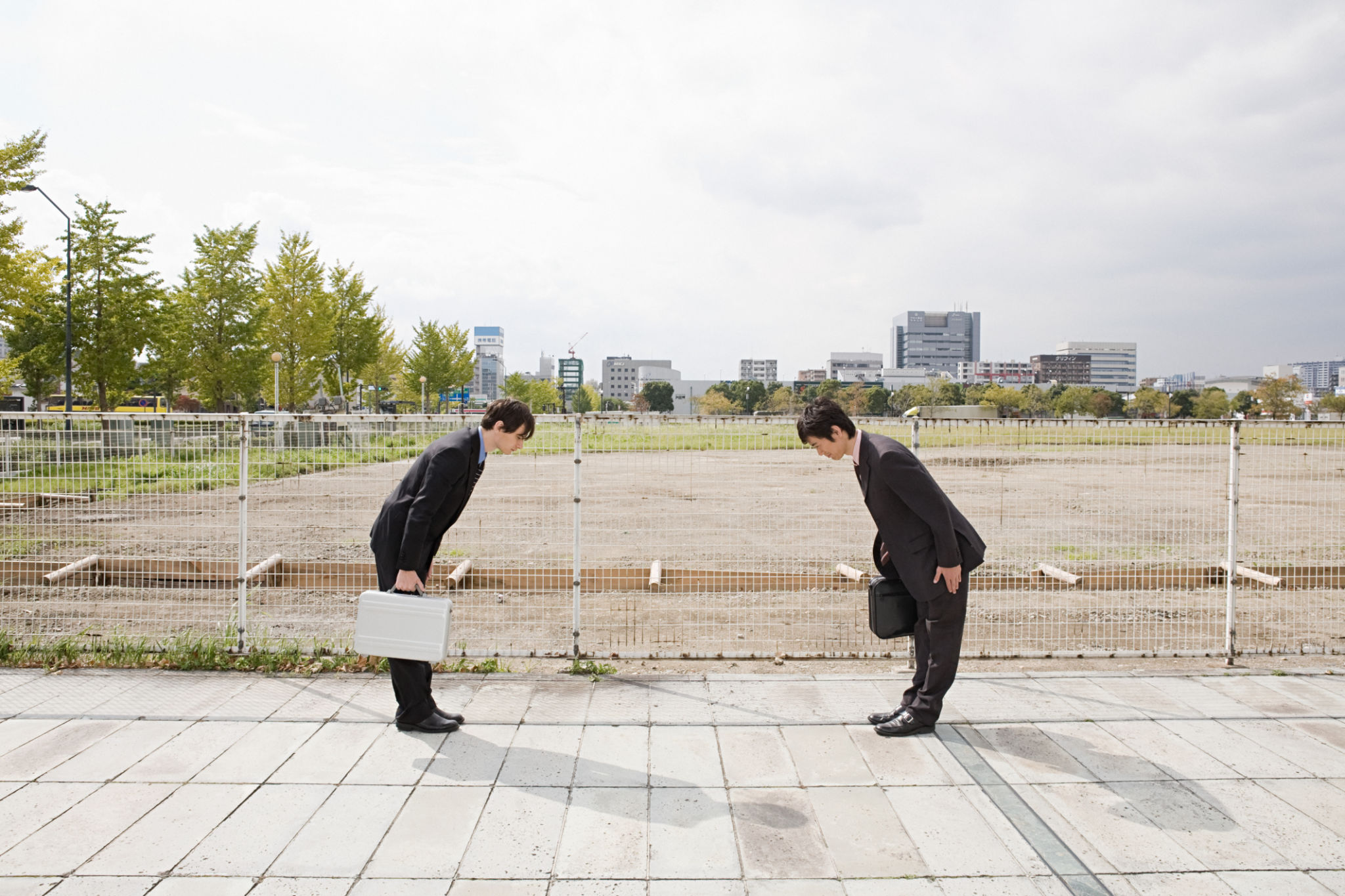Case Study: Successful Commercial Concrete Projects in Brisbane
MB
Introduction to Commercial Concrete Projects in Brisbane
Brisbane has become a hub of construction activity, with numerous commercial concrete projects shaping its skyline. These projects not only demonstrate engineering excellence but also highlight the importance of innovative construction techniques. In this case study, we explore some of the most successful commercial concrete projects in Brisbane, delving into their unique aspects and the challenges overcome during their execution.

Project Overview: The Riverside Development
The Riverside Development is one of Brisbane's iconic commercial projects. Strategically located along the banks of the Brisbane River, this project combines modern architecture with sustainable building practices. The use of concrete in this project was pivotal, ensuring structural integrity while accommodating the aesthetic appeal.
A significant feature of the Riverside Development is its use of high-performance concrete. This material was chosen for its durability and ability to withstand Brisbane's climatic conditions. The project managers prioritized environmental considerations, utilizing recycled materials in the concrete mix to minimize environmental impact.
Challenges and Solutions
Every construction project faces its own set of challenges, and the Riverside Development was no exception. The proximity to the river posed a unique challenge in terms of water ingress and potential flooding. To address this, engineers implemented advanced waterproofing techniques and incorporated drainage systems within the concrete structures.

Another hurdle was ensuring minimal disruption to the surrounding community. The project team employed noise-reduction strategies and scheduled construction activities during non-peak hours. These efforts were crucial in maintaining good relations with local residents while adhering to project timelines.
Innovation in Design: The Urban Plaza
The Urban Plaza project showcases innovation at its finest. This commercial space integrates public areas, retail outlets, and office spaces within a single complex. The creative use of concrete here is evident in the complex's architectural design, which features intricate patterns and textures molded into the concrete surfaces.
To achieve such detailed work, the project team utilized advanced formwork technologies. These allowed for precision in design while maintaining the structural integrity required for a building of this scale. Additionally, post-tensioned concrete was employed to enhance flexibility and support for the multi-level structure.

Environmental Considerations
Sustainability was at the forefront of planning for these projects. Concrete's thermal mass properties were leveraged to improve energy efficiency within these buildings, reducing reliance on artificial heating and cooling systems. Furthermore, the incorporation of green roofs and vertical gardens complemented the concrete structures, promoting biodiversity and air quality improvement.
Innovative stormwater management systems were also integrated into these projects. By using permeable concrete for walkways and parking areas, rainwater is naturally filtered and directed back into the ground, minimizing runoff and enhancing water conservation efforts.
Conclusion
The commercial concrete projects in Brisbane serve as exemplary models of modern construction practices. Through a combination of cutting-edge technology, sustainable methods, and meticulous planning, these projects have successfully transformed urban spaces while addressing environmental and community concerns. As Brisbane continues to grow, these projects set a benchmark for future developments in the city.
By examining these case studies, other cities can draw inspiration for their own urban development initiatives, ensuring that progress is achieved without compromising on sustainability or community well-being.
